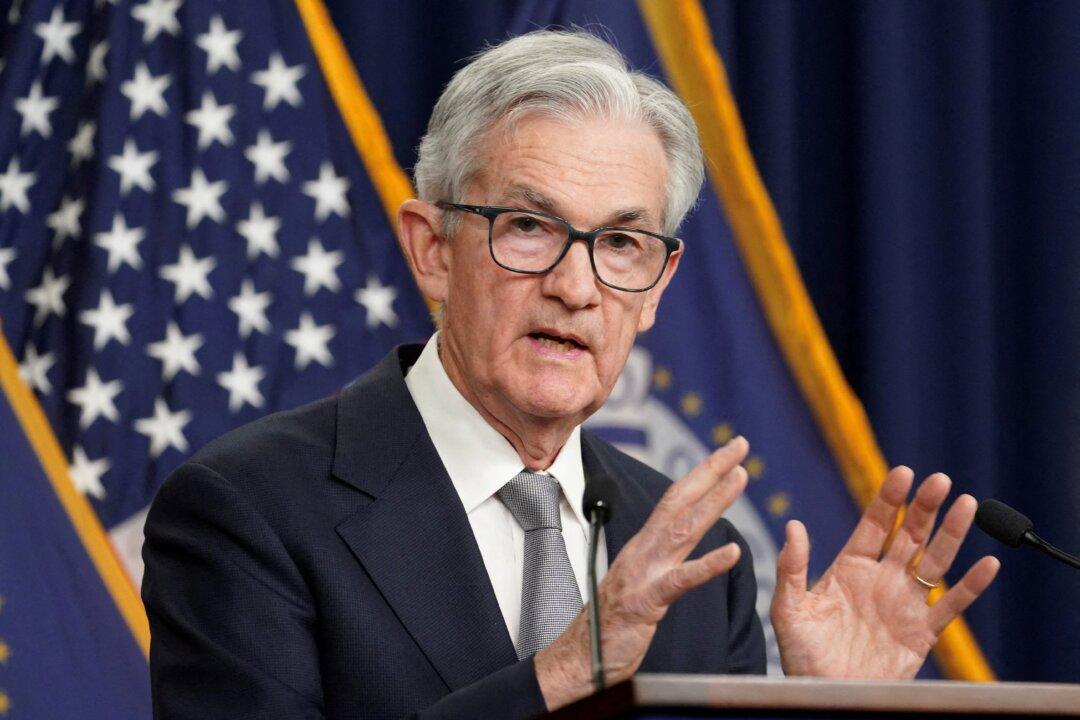Commentary
Since the latest U.S. inflation figure has shown unsatisfactory progress towards the 2 percent target, the Federal Reserve signaled to delay the rate cut cycle. By now, the Fed’s strategy is already clear: it intends to maintain the current interest rates for longer. But the fact is it might not achieve its intended goal.
Is it because the rate is not high enough? Or it is high enough but not long enough long enough? Historical experience shows monetary policies take roughly 1-2 years to be effective, which is usually the time when loans need to roll over.
By the Fall of 2022, or 1.5 years ago, the Fed funds (policy) rate was shooting from 2 percent to 4 percent, whereas the 10-year Treasury yield (market rate) was already near 4 percent. Now, the policy rate is slightly higher while the market rate is roughly similar. Since most funding costs benchmark to longer-tenor (10-year) yield than overnight (policy) rate, the current level of tightness has been maintained for long enough for its policy effect to transmit to most economic areas. Unless the economic outlook turns bad abruptly in the near future, “not long enough” should not be the reason.
Then it remains to consider “not high enough,” but in what sense? It could be the interest rate level is not high enough,h or the rate hike pace is not fast enough. Traditional economic models prescribe the former because of the underlying concept of equilibrium interest rate. By “equilibrium,” this means all variables are in a steady state—if talking in a short-run macroeconomic context, then this refers to a steady state when variables are detrended. The problem of identifying such an equilibrium rate (so-called r*) is complex, partly because of the time-varying (dynamic) trend.
For example, the trend level of the equilibrium interest rate decades ago should have been much higher due to higher output and population growth. In 2012, when the Fed first released the projected “long-run Fed funds rate,” which might be taken as what the Fed regards as the equilibrium level, the central tendency (mean or median, or another level) was 4.0 percent to 4.5 percent. The latest one in March 2024 was already tuned down to 2.5 percent to 3.0 percent. Maybe the Fed has changed its projection model, but if amendments were bound to be small, then most likely, it is the trend change due to long-run factors that is the problem.
Such uncertainty in grasping the “r*” could render policy inaccuracy, especially when the Fed aims at doing the bare minimum. Policy error would not be known until some 1.5-2 years afterward when policy transmission has been completed. Nevertheless, had the model been based on the rate hike pace on inflation change—a change-on-change version, then there might not have been a need to rely on an accurate estimate of r* to define a tighter level. The attached chart plots the YoY change of long-tenor yield against 1.5-year lagged core inflation.





